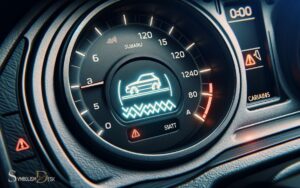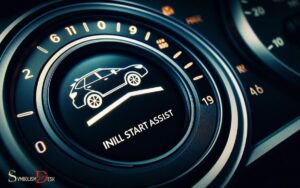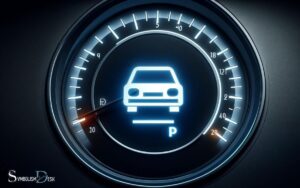Lightning Bolt Symbol Car Won T Start: Engine Power!
If a lightning bolt symbol appears on your car’s dashboard and the car won’t start, this typically indicates an issue with the electronic throttle control system.
The lightning bolt symbol on your car’s dashboard is generally associated with the electronic throttle control (ETC) system, which regulates engine power.
Cars built in the last two decades often utilize this system rather than a manual cable to connect the accelerator pedal to the throttle.
When the ETC encounters a problem, such as a malfunction or a communication issue, the lightning bolt symbol may illuminate.
Here’s what you might need to know:
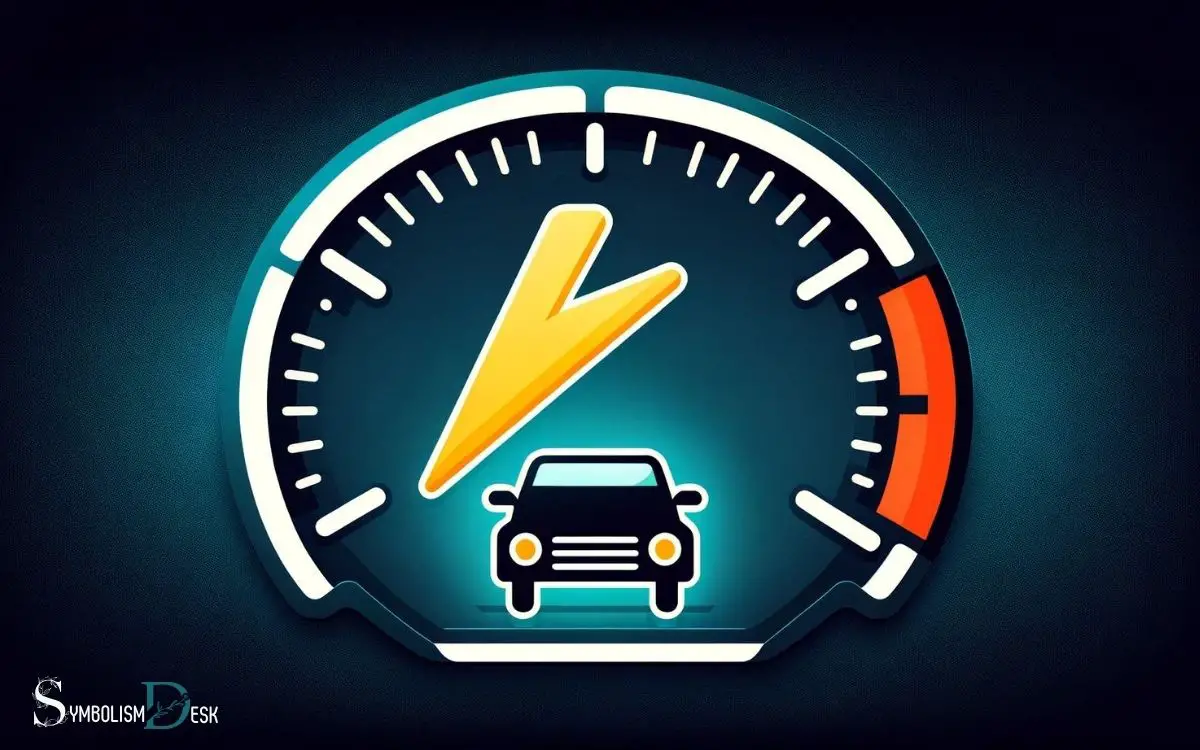
Key Takeaway
Understanding the Lightning Bolt Symbol
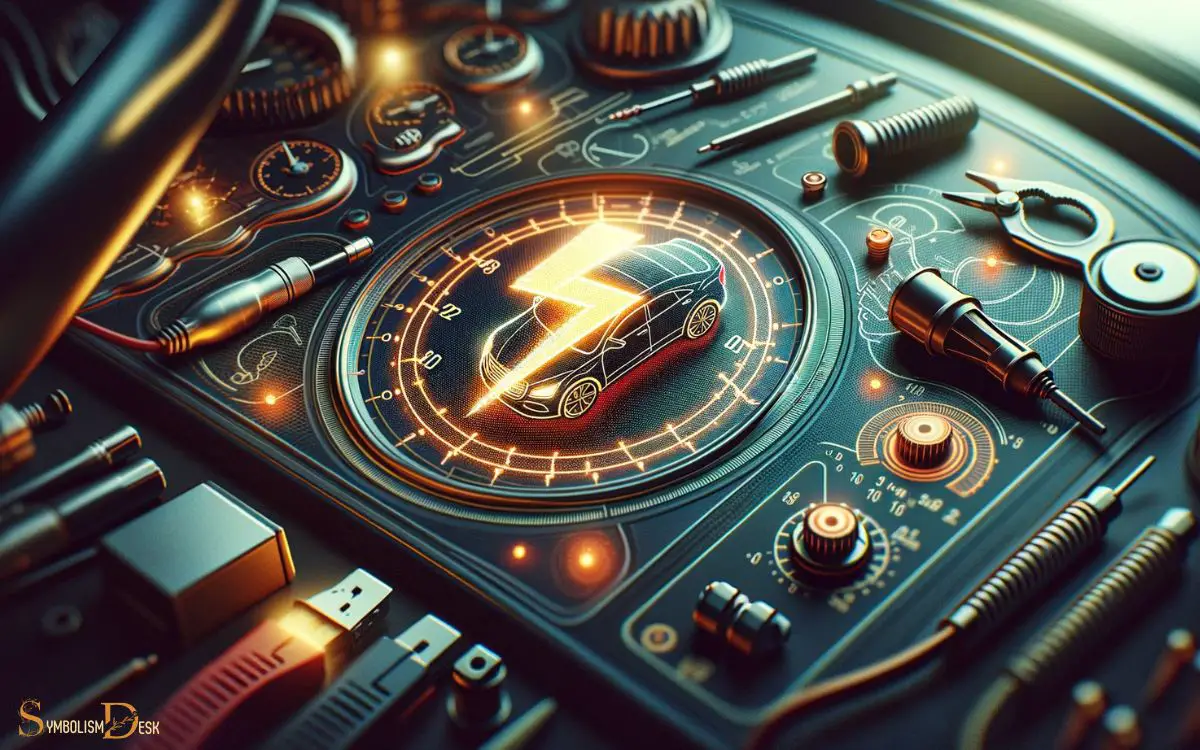
Understanding the Lightning Bolt Symbol is essential for diagnosing car starting issues accurately. The lightning bolt symbol, also known as the Electronic Throttle Control (ETC) warning light, typically indicates a problem with the vehicle’s electronic throttle system.
This system controls the air intake into the engine and is crucial for proper engine performance. When the lightning bolt symbol illuminates on the dashboard, it signifies that the car’s engine management system has detected a fault.
This fault can range from issues with the throttle body, throttle position sensor, accelerator pedal position sensor, or wiring/connectivity problems within the system.
It is important to address this warning promptly to prevent potential damage to the vehicle and ensure safe operation. Understanding the causes behind this symbol will help in resolving the underlying issues effectively.
Common Causes of the Lightning Bolt Symbol
The lightning bolt symbol on a car’s dashboard typically indicates a malfunction within the vehicle’s electronic throttle system. This warning light is often associated with issues in the throttle body, throttle sensor, or related components. In vehicles like a Jeep, the lightning bolt symbol meaning Jeep drivers should be aware of is that their car may be experiencing reduced engine performance or erratic idling. It’s important to address this issue promptly, as ignoring it could lead to further complications or unsafe driving conditions.
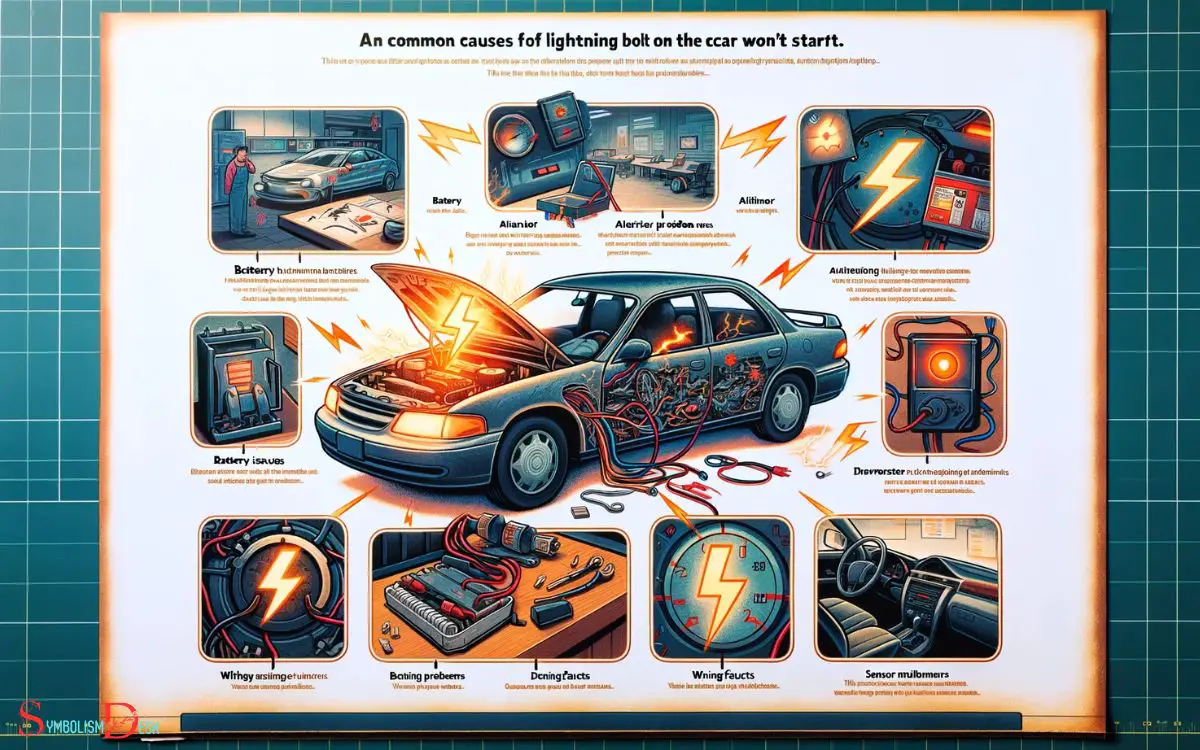
Common causes of this symbol appearing include:
- Faulty throttle body
- Dirty or clogged air filter
- Issues with the accelerator pedal position sensor
- Electronic control module (ECM) problems
- Wiring or connector issues
These causes can lead to a range of symptoms such as reduced engine power, stalling, or the inability to accelerate. Understanding these common issues can help in diagnosing and resolving the lightning bolt symbol on the dashboard.
Diagnostic Steps for Lightning Bolt Symbol
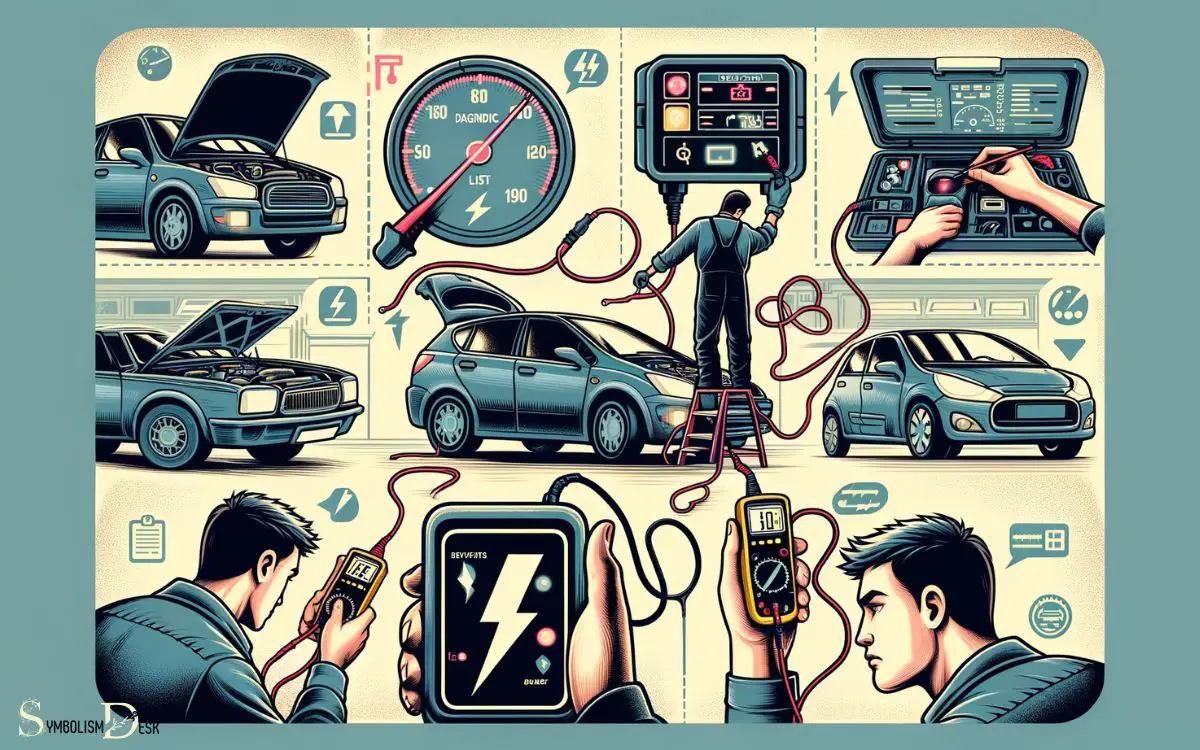
To diagnose the lightning bolt symbol on a car’s dashboard, start by conducting a thorough inspection of the throttle body and associated components.
Check for any signs of damage, dirt, or carbon buildup that may be affecting the proper functioning of the throttle.
Next, use a diagnostic scanner to retrieve any trouble codes that may provide further insight into the issue.
Pay close attention to codes related to the throttle position sensor, accelerator pedal position sensor, and intake air temperature sensor.
Additionally, inspect the wiring and connectors associated with these components for any signs of wear or corrosion.
Finally, ensure that the electronic control module (ECM) is receiving proper voltage and ground signals. If the issue persists, consulting a certified mechanic or dealership may be necessary for a more in-depth diagnosis.
Resolving Issues Related to Lightning Bolt Symbol
After conducting a thorough diagnostic inspection of the throttle body and associated components, it is crucial to implement precise and methodical steps to resolve issues related to the lightning bolt symbol on a car’s dashboard.
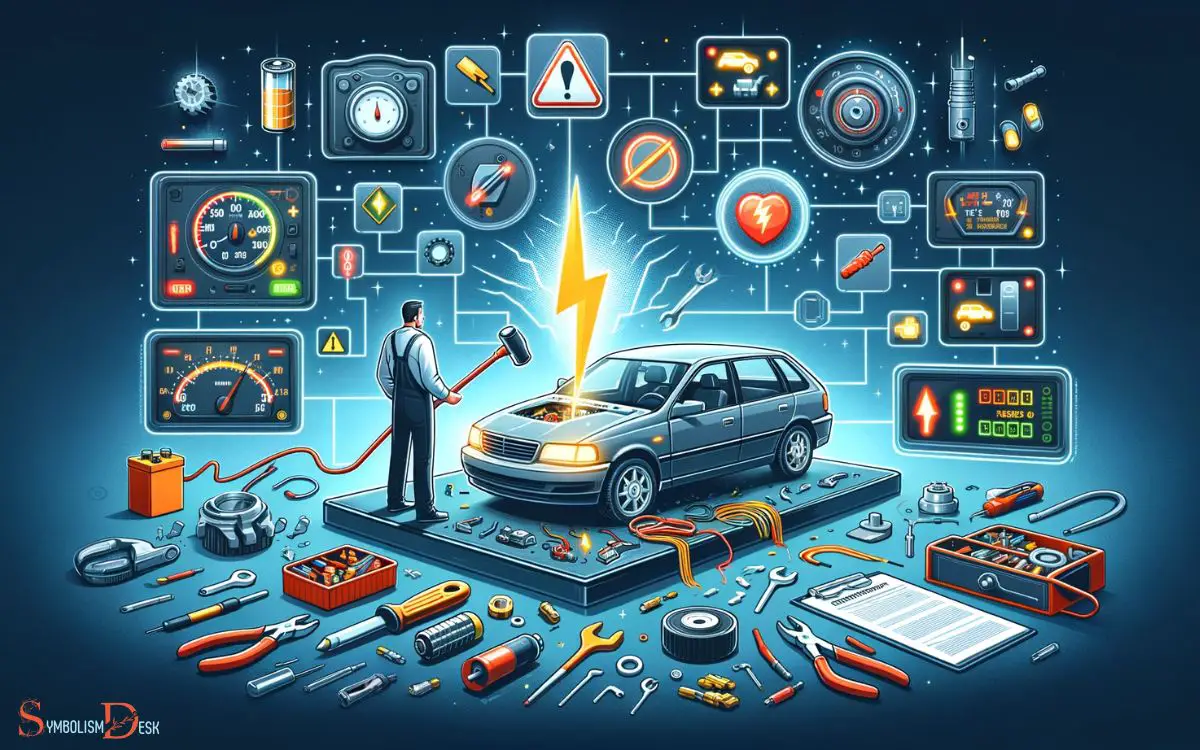
To effectively address this concern, the following steps should be taken:
- Check for any loose or damaged wiring connections around the throttle body.
- Clean the throttle body and its components to remove any carbon build-up or debris.
- Inspect the air intake system for any obstructions or leaks that may affect airflow.
- Reset the electronic throttle control system by performing a throttle relearn procedure.
- Use a diagnostic scanner to clear any stored fault codes and reset the system for a fresh start.
Preventative Measures for Lightning Bolt Symbol
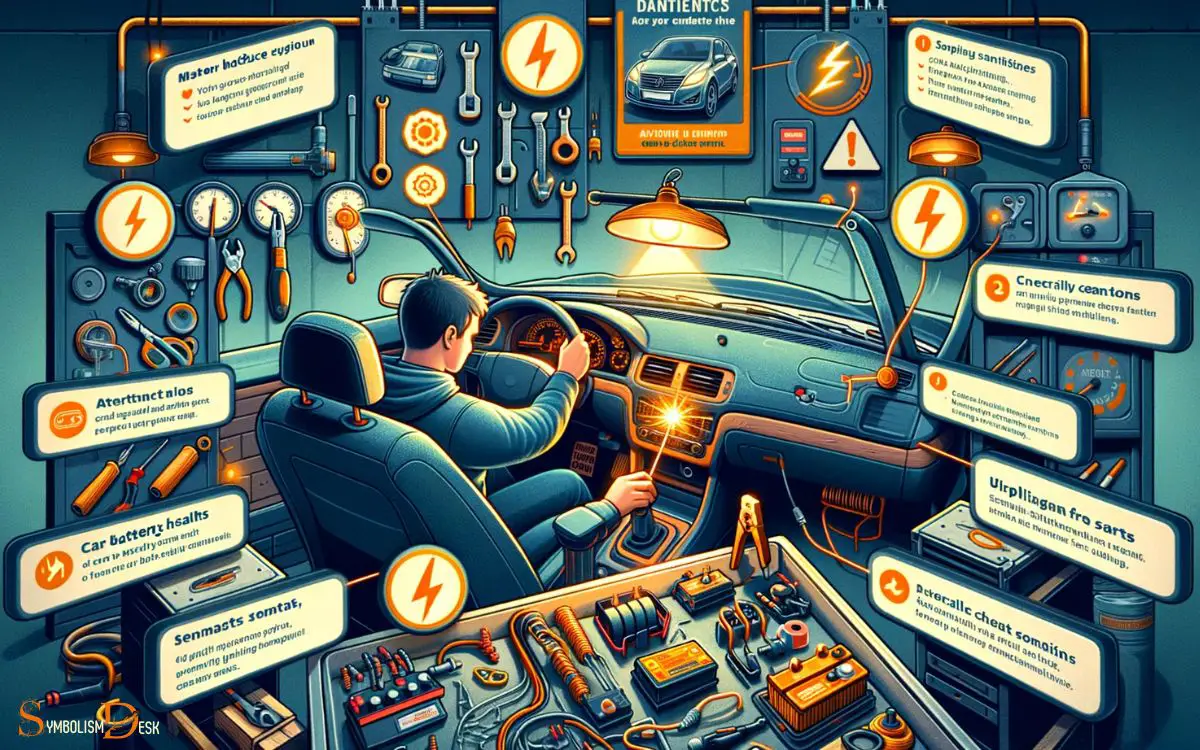
Implementing regular maintenance of the throttle body and associated components can help prevent the occurrence of the lightning bolt symbol on a car’s dashboard.
The throttle body, along with the sensors and actuators connected to it, plays a crucial role in the proper functioning of the engine.
Over time, carbon deposits and dirt can accumulate in the throttle body, leading to issues with air and fuel mixture regulation. Regular cleaning and inspection of the throttle body can help to prevent such build-ups and ensure smooth operation.
Additionally, maintaining the integrity of related components such as the air intake system, fuel injectors, and engine control unit can contribute to the prevention of the lightning bolt symbol indicating throttle or engine issues.
Adhering to the manufacturer’s recommended maintenance schedule is essential in mitigating potential problems associated with the lightning bolt symbol.
Conclusion
The lightning bolt symbol in a car indicates potential issues with the electronic throttle control system.
Proper diagnostic steps and preventative measures can help resolve and prevent issues related to this symbol. It is important to address these issues promptly to avoid potential damage to the vehicle.

